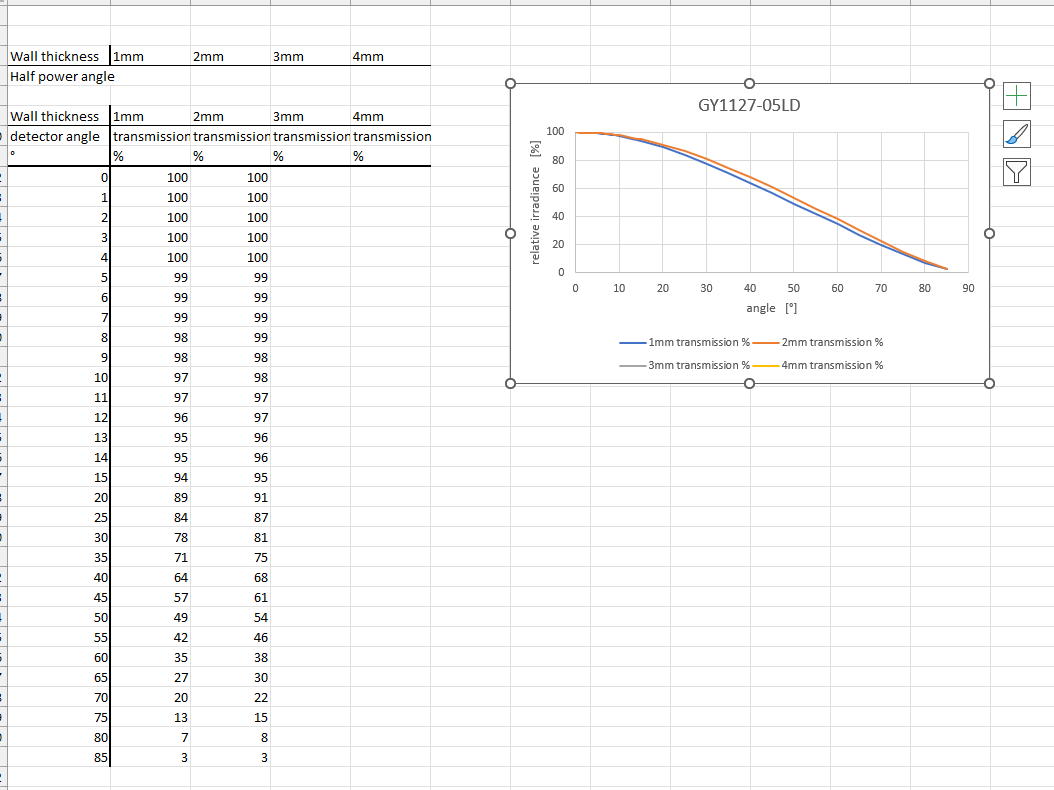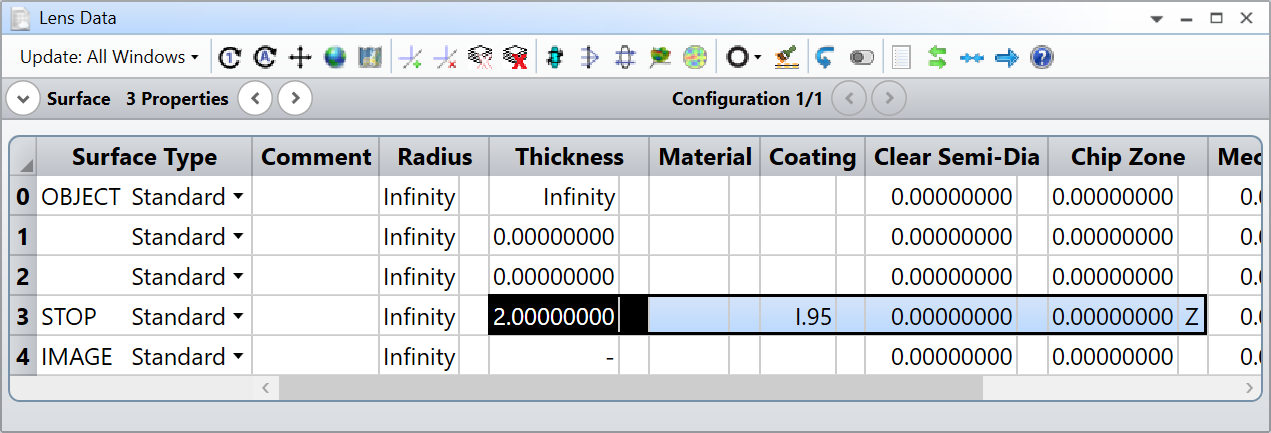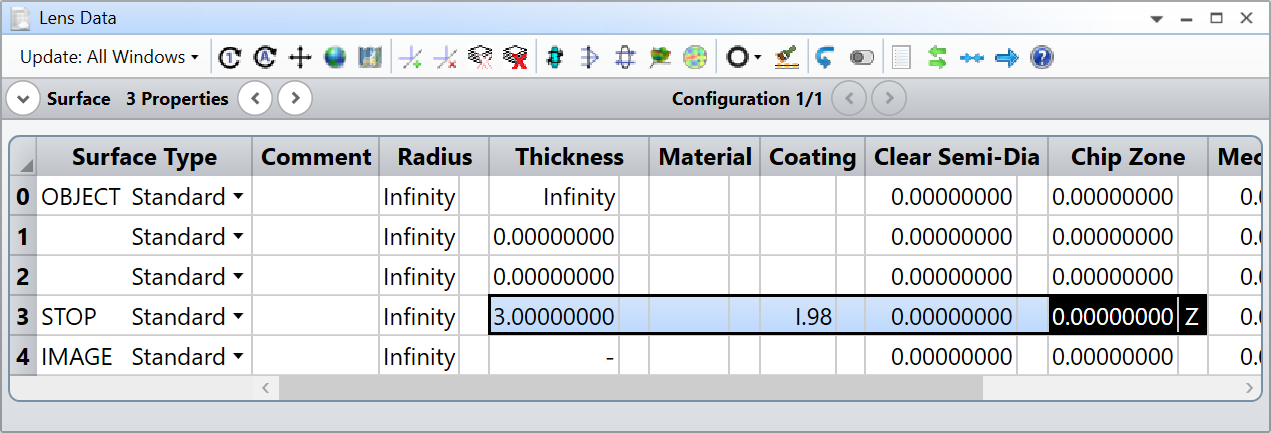Hi all,
I have a question, some materials with "light diffusion" properties offer a series of specific data for mass diffusive behavior and are characterized by specimen thickness. How do I enter this precise data into OS and call it up exactly as I would the data in Glasscat (ZTG)?
I attach sample.
I should add that now I'm using a merit function where I detect only the 50% value for n thicknesses characterized in the datasheet and this already takes up a lot of time, I would like to avoid using this methodology.
Thanks to all






